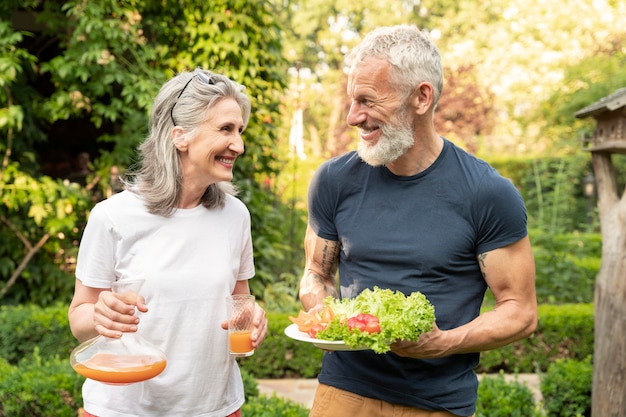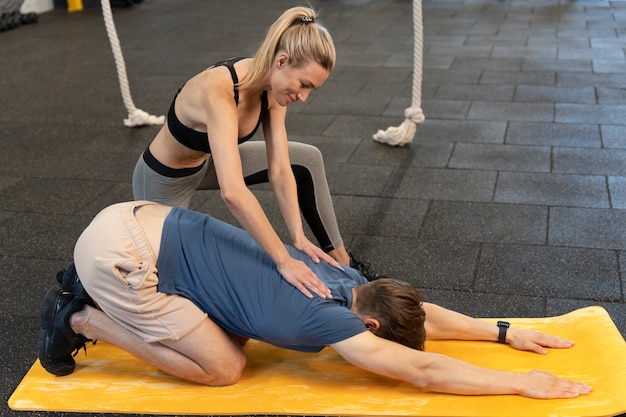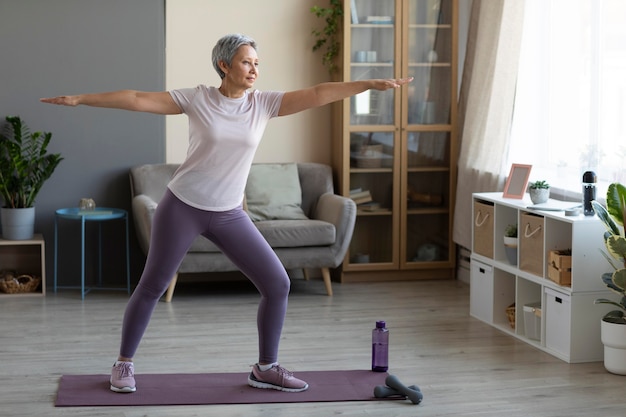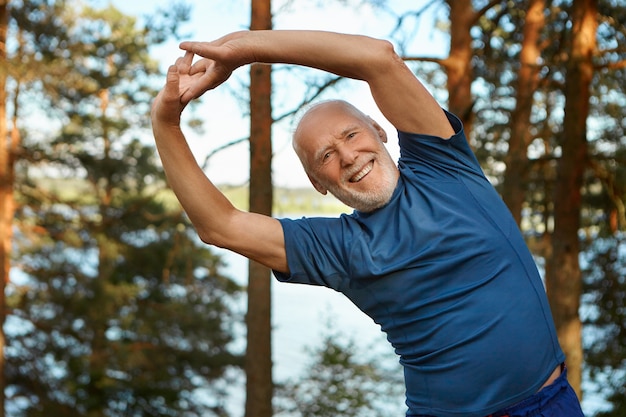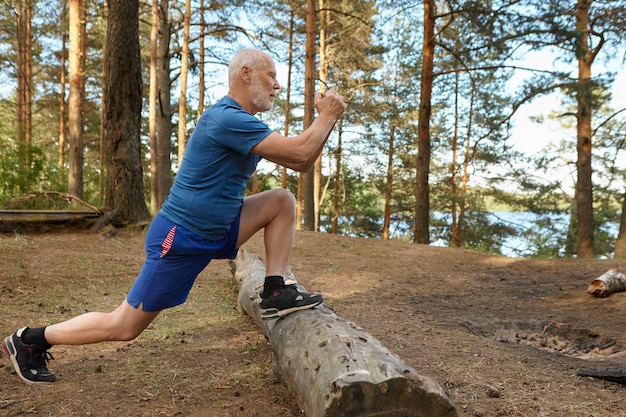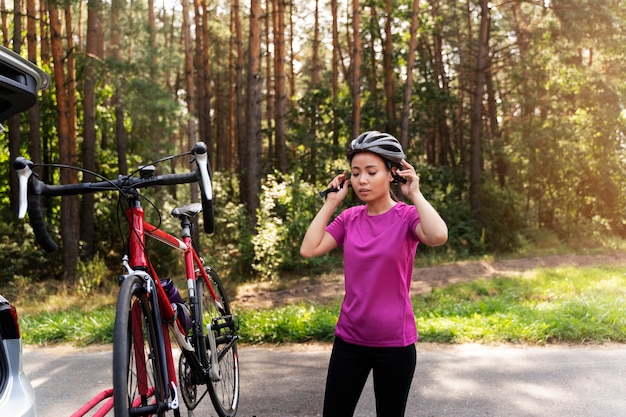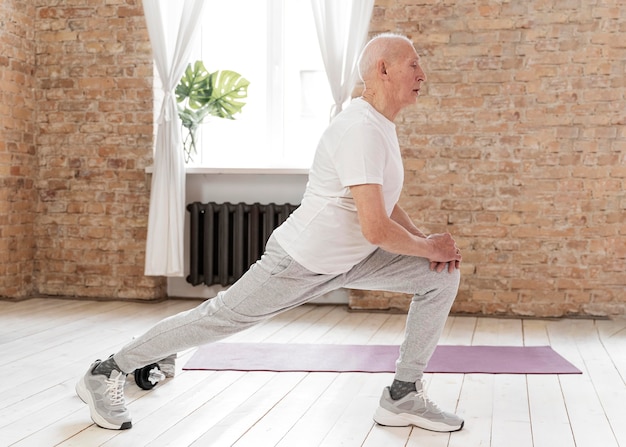45 Easy & Safe Exercise Tips for Seniors: Expert-Backed Moves with Perfect Form and Simple Modifications
Staying active is one of the most powerful things seniors can do to maintain independence, boost energy, and support long-term health. Whether you're new to fitness or returning after a break, these 45 beginner-friendly exercise tips are designed with seniors in mind—focusing on safety, proper form, and easy modifications to suit all fitness levels.
Why Exercise Matters After 60
Regular physical activity helps preserve muscle mass, improves balance, supports heart health, and enhances mood. The key is starting gently and building consistency. These coach-style pointers will guide you through foundational movements with confidence.
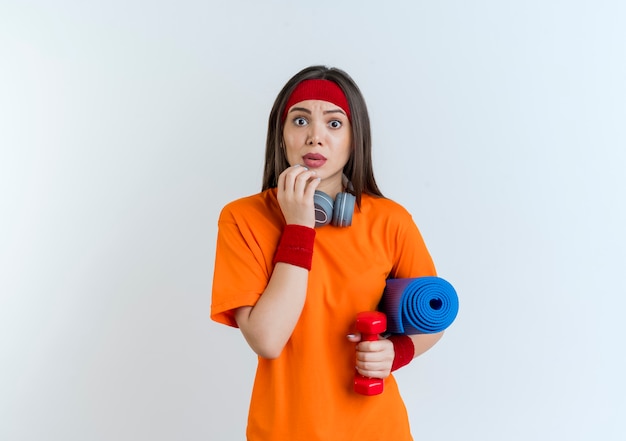
Warm-Up Right: 5 Essential Tips
- Start with seated marches – Lift knees gently while sitting to warm up hips and legs.
- Perform shoulder rolls forward and back for 30 seconds to loosen stiff joints.
- Do ankle circles (10 each direction) to improve circulation and joint mobility.
- Practice neck tilts—slowly bring ear to shoulder, alternating sides.
- Use arm swings (side to side, not overhead) to gently increase heart rate.
Mastering Form: 10 Posture & Movement Tips
- Keep your back straight during all exercises—imagine a string pulling your head upward.
- Engage your core lightly by pulling your belly button toward your spine.
- Move slowly and with control—speed isn’t the goal, precision is.
- Keep feet hip-width apart for better balance during standing moves.
- Land softly during step touches or marches—quiet feet mean joint-friendly movement.
- Keep knees behind toes during bends—never let them cave inward.
- Use a chair or wall for support if balance feels uncertain.
- Keep arms relaxed—avoid locking elbows during resistance work.
- Look straight ahead, not down—neck alignment prevents strain.
- Exhale on exertion (e.g., lifting arms), inhale on return.
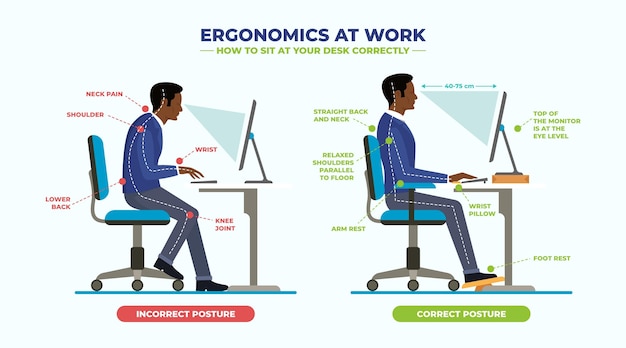
Strength Training Made Simple: 10 Accessible Moves
Use light dumbbells (1–3 lbs), resistance bands, or just your body weight.
- Seated leg extensions – Strengthen quads while supported.
- Wall push-ups – Build chest and arm strength safely.
- Chair squats – Lower slowly to chair edge, stand using legs (not hands).
- Bicep curls with light weights – Keep elbows at your sides.
- Overhead presses (seated) – Protect shoulders with small range of motion.
- Heel raises – Strengthen calves while holding a chair.
- Side leg lifts (standing or lying) – Improve hip stability.
- Seated rows with resistance band – Pull elbows back, squeeze shoulder blades.
- Toe taps (seated) – Alternate feet quickly to boost coordination.
- Standing elbow bends – Work triceps using body resistance.
Balance & Stability: 10 Daily Tips
- Practice single-leg stands (hold chair, 10–15 seconds per side).
- Try heel-to-toe walks along a hallway with support nearby.
- Do side steps with a pause to improve lateral stability.
- Use balance pads or folded towels under feet for gentle challenge.
- Stand up from a chair without using hands (when safe).
- Practice weight shifts—rock side to side, front to back.
- Try clock reaches—reach arms to imaginary clock numbers while standing.
- Walk with increased heel strike to improve gait stability.
- Do mini lunges holding a chair for balance.
- Practice standing on foam or cushion (with support) to enhance proprioception.
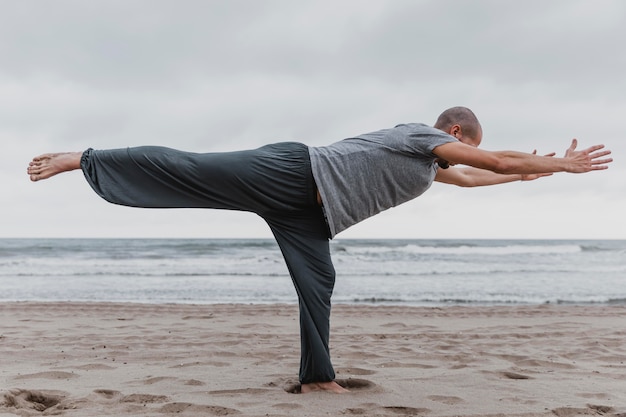
Flexibility & Mobility: 10 Gentle Stretches
Stretch after warming up or at the end of your routine. Hold each for 20–30 seconds—no bouncing.
- Seated forward bend – Reach toward toes (bend knees as needed).
- Shoulder stretch across chest – Gently pull one arm across body.
- Neck side stretch – Tilt head gently, use hand for light pressure.
- Chest opener with chair – Clasp hands behind back while seated.
- Seated spinal twist – Rotate upper body gently, keep hips forward.
- Hamstring stretch with strap – Lie on back, loop towel around foot.
- Calf stretch against wall – Step one foot back, press heel down.
- Wrist circles and flexes – Improve grip and joint mobility.
- Seated butterfly stretch – Gently press knees down with elbows.
- Ankle dorsiflexion stretch – Sit and pull toes toward shin.
Staying Safe & Consistent: 5 Final Tips
- Listen to your body—discomfort is a signal, not a challenge.
- Exercise at the same time daily to build routine.
- Stay hydrated before, during, and after workouts.
- Wear supportive, non-slip footwear or go barefoot on stable surfaces.
- Consult your healthcare provider before starting any new program.
With these 45 practical, senior-friendly tips, you’re equipped to move safely, confidently, and consistently. Remember: every small effort counts. Celebrate progress, stay patient, and enjoy the energy and independence that come with staying active.








